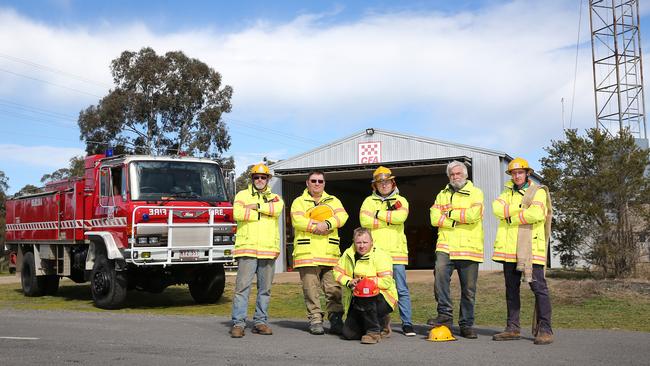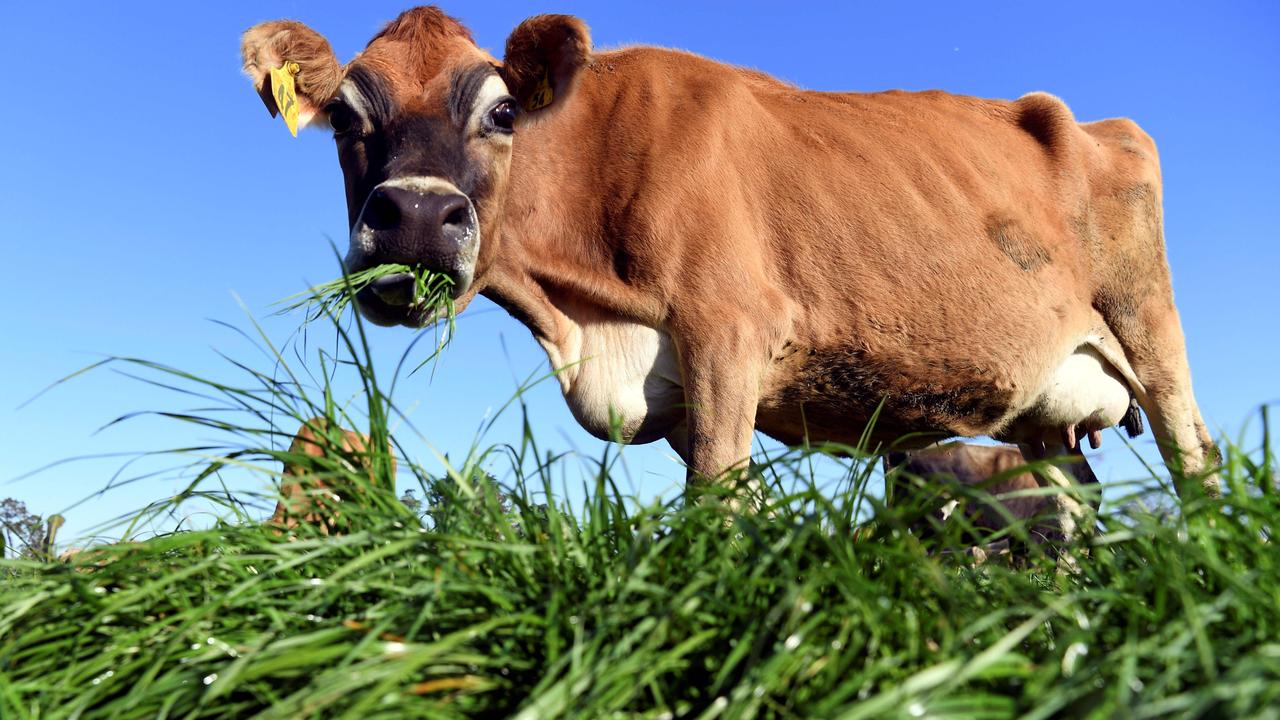Victoria CFA volunteers at risk driving nation’s oldest tanker fleet
VICTORIA’S volunteer firefighters’ lives are being put at risk as they battle blazes using Australia’s oldest tanker fleet.

VICTORIA’S volunteer firefighters’ lives are being put at risk as they battle blazes using Australia’s oldest tanker fleet.
Of the 1753 trucks in the CFA’s fleet, 544 are more than 20 years old and about a third of the fleet cannot be used for long-haul surge assignments in response to major bushfires that threaten the state.
A Volunteer Fire Brigades Victoria spokesman said years of funding shortfalls had forced the CFA to extend the replacement date for its trucks from 20 years to 30 years.
“We live in the most dangerous fire-prone area in the world, yet we’ve got the oldest fleet in Australia — a third of the tankers can’t respond to campaign fires and volunteers are left exposed,” he said.
The CFA’s battle to maintain its ageing fleet is set to be further undermined by revelations that it stands to lose $247 million in fire services property levies under the Andrews Government’s fire service reforms.
The reforms would strip the CFA of its 35 integrated stations and their surrounding regions, handing responsibility and levy revenue to a new career-only Fire Rescue Victoria service.
OPINION: UNITED WE STAND TALLER, SAYS PETER HUNT
Meanwhile, brigades continue to operate trucks up to 30 years old.
Bealiba CFA volunteer Nifty Gordon said the brigade’s 28-year-old tanker would require some volunteers to sit in the rollover protection structure on the back of the truck during a wildfire burnover, which was “far from ideal”.

Burnovers are one of the dread fears of firefighters — where they are caught in the middle of a blaze that overruns the truck and there is no escape route.
On Black Saturday, 25 CFA tankers were caught in terrifying burnovers. No one was injured on the eight newer dual-cab trucks that could house all firefighters.
But four firefighters were injured on the 17 older-style single-cab trucks, which forced many firefighters to remain on the back, sheltering in the ROPS and relying on a sprinkler system for survival.
The VFBV estimates the CFA needs to replace 87 vehicles a year to bring the fleet’s age profile back down to 20 years.
MORE RURAL NEWS FROM THE WEEKLY TIMES
DOGS READY FOR BATTLE OF BALLARAT
FLICKING THE SWITCH ON CARP CONTROL
However, a CFA spokesman said in the past three years it had delivered 166 new firefighting vehicles under the Fire Appliance Fleet Replacement Program and a further 97 firefighting vehicles under the Volunteer Emergency Services Equipment Program program.
“There are a further 68 vehicles currently under construction to complete the 16-17 funded program,” he said.
“CFA has also retrofitted all of our existing light, medium and heavy tankers with lifesaving crew protection systems and will continue to upgrade fleet as appropriate based on a number of factors.
“Any suggestion that we aren’t properly resourced to protect the community is nonsense.”
However, the man charged with overseeing the fire services, Emergency Management Commissioner Craig Lapsley, released a statement earlier this month highlighting concerns over the ageing CFA fleet.
“In 2006 the fleet profile was a 20-year replacement policy, which has now been eroded,” Mr Lapsley said.
“The ageing firefighting fleet has been questioned by firefighters, with the oldest CFA tanker in service being more than 30 years old.”
Mr Gordon said that while the fleet was getting older, the situation would get worse under the fire service reforms being pushed by Victorian Premier Daniel Andrews.
The Government has a Bill before Parliament to split the CFA, transferring its paid firefighters working at 35 integrated stations into a new career-only body — Fire Rescue Victoria. Mr Gordon said he could not understand how the state could afford to split the CFA in this way.
“FRV are going to run the whole job into the ground,” he said. “I don’t think anyone in the city understands the anger we feel.”
Volunteer Fire Brigades Victoria estimates the CFA is spending just $11 million to $15 million annually on truck replacement, when about $30 million is needed.


